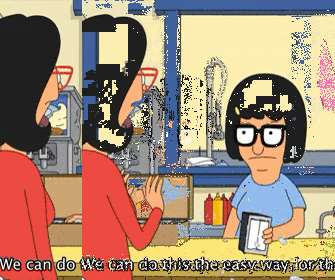Game art vs game design: What is the difference?
Logic Simplified
AUGUST 8, 2023
Since most of us are unaware of the process of creating a game, we usually confuse game design and game art as being the same. In this blog, we will discuss the difference between game art vs game design and how each plays a unique role in game development. Who is a Game Designer?






















Let's personalize your content